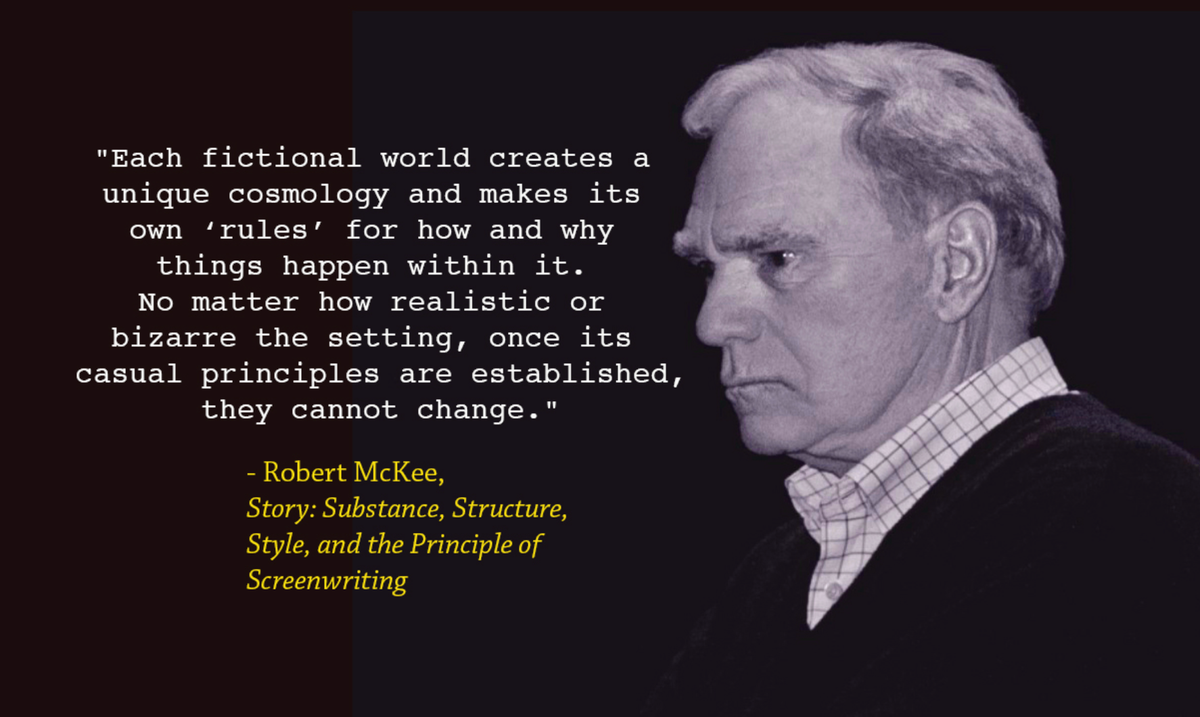Adapting Robert McKee's Storytelling Principles for Social Media: A Comprehensive Guide
Unlock the secrets of engaging social media content with Robert McKee's storytelling principles. Learn how to captivate and engage your audience effectively on platforms like Twitter, Instagram, and Facebook.

Social media platforms provide a dynamic and powerful medium for storytelling. Adapting traditional storytelling frameworks to these platforms can greatly enhance the impact and engagement of your content. Robert McKee, a well-respected figure in the world of story and narrative construction, has laid out principles that are invaluable in crafting compelling narratives. Here’s how you can tailor McKee's principles specifically for the fast-paced, succinct world of social media.
Create Your Story Timeline
Your Story Timeline:
In the age of digital scrolling, catching the eye of social media users presents a unique challenge. Robert McKee’s storytelling principles, renowned for their effectiveness in traditional narratives and film, also offer valuable insights for creating gripping content on social media. This guide explores how to adapt these principles to craft stories that not only attract attention but also foster engagement and retention among audiences.
Hook: Capture Attention Instantly
Engage with an Unexpected Opening
In the realm of social media, your first few words must make a strong impact. Use an unexpected statistic, a provocative question, or a vivid image to grab attention. For example, a tweet might start with, "Did you know 90% of our followers have never tried this simple life hack?" This approach plays on curiosity and the fear of missing out (FOMO), drawing users in to learn more.
Setup: Establish the Context Quickly
Define the Setting and Characters Concisely
Social media doesn’t allow for lengthy expositions, so set the scene with brevity and clarity. A post could be framed around a quick introduction to key characters or settings, like an Instagram story stating, "This is Mark, navigating the chaos of city life with one simple app." This sets the stage for the narrative without unnecessary detail, perfect for the swift nature of social media browsing.
Conflict: Introduce the Central Challenge
Connect Through Relatable Struggles
The conflict is the heart of any story. On social media, express this conflict in a way that resonates on a personal level with your audience. A Facebook post might read, "Struggling with meal prep? You’re not alone. Here’s how Emily tackles it with minimal effort." This not only highlights a common problem but also teases a forthcoming solution, keeping the audience hooked for more.
Transformation: Show Change and Development
Visualize the Journey
Social media is highly visual, making it the perfect platform to show transformation. Before-and-after photos, GIFs, or short video clips can effectively illustrate change and progress. For example, a series of Instagram posts could depict someone's fitness journey, providing a visual and emotional narrative of personal growth and achievement.
Resolution: Provide a Clear Conclusion
End with a Strong Takeaway or Call to Action
Every story should have a satisfying conclusion. In social media, this means wrapping up the narrative neatly and offering a takeaway or call to action. A tweet might end with, "Inspired by Jane’s budgeting success? Visit our link in bio to get your free guide and start saving today!" This not only concludes the story but also drives traffic and conversions.
Engagement: Encourage Viewer Interaction
Prompt Responses and Sharing
The final principle involves turning passive viewers into active participants. Encourage users to engage by asking them to share their own experiences, opinions, or even to tag a friend. For instance, a post might conclude with, "What’s your #1 budgeting hack? Comment below and help others save like Jane!"
By implementing Robert McKee’s storytelling principles in this adapted form, social media content creators can produce material that is not only more engaging but also more likely to be shared, thus amplifying reach and impact.




